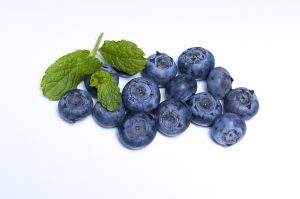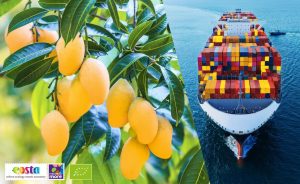The goal is to develop a “SuperHass”, a fruit that retains the appearance of Hass but offers higher agronomic yields, lower water consumption, and an improved organoleptic profile.
According to Zac Bard, president of the World Avocado Organisation (WAO), breeders of new varieties are exploring options that will enable the sector to sustain its growth, particularly in a context where climate change and pressure on water resources pose significant challenges for producers.
The global rise of avocado consumption
Avocado consumption continues to expand worldwide. The United States remains the largest and most prominent market, with a per capita consumption of 4kg per year. In recent years, Europe has experienced rapid growth, with consumption ranging between 900gr and 2kg per capita annually. However, these levels are still far below those of countries such as Mexico, Chile, and Israel, where consumption exceeds 10 kg per capita.
Germany has seen the most significant increase in consumption, surpassing France and the United Kingdom, while Scandinavian countries lead in per capita consumption.
Nevertheless, the real growth horizon lies in Asia, a region that is home to 64% of the world’s population, where avocados are still largely unknown to most consumers. According to Bard, “The Asian market will take off gradually, but when it does, it is expected to grow on a massive scale. India is already showing the first signs of this expansion.”
Global production continues to rise
The surge in consumption has been accompanied by an increase in production. Traditional growing regions have expanded their plantations, while new producing countries have begun entering the global market. Notably, several African nations are emerging as key players in the international supply chain.
Despite these efforts, the industry faces a challenging environment. Climate change has intensified temperature extremes, impacting the growth cycles of the crop and the stability of supply. Additionally, water scarcity is becoming a crucial factor in avocado production, with climate phenomena such as El Niño and La Niña unpredictably affecting key producing countries.
RELATED NEWS: India is experiencing a “surprising” growth in avocados
For instance, Peru has experienced unexpected rainfall and abrupt temperature changes over the past two years, although more stable climate conditions are expected in the next four to seven years. However, the industry understands that continuous adaptation to these changes is essential.
Green-skinned avocados
Two decades ago, green-skinned avocados were the most common in the market, but over time, they were overtaken by Hass. However, a niche market could open up for these varieties, offering consumers more diverse options.
The WAO plays a key role in promoting avocados worldwide. Its mission is to educate consumers on the health benefits of this fruit, highlighting its healthy fat content, positive impact on heart health, and role in preventing diseases such as diabetes.






















